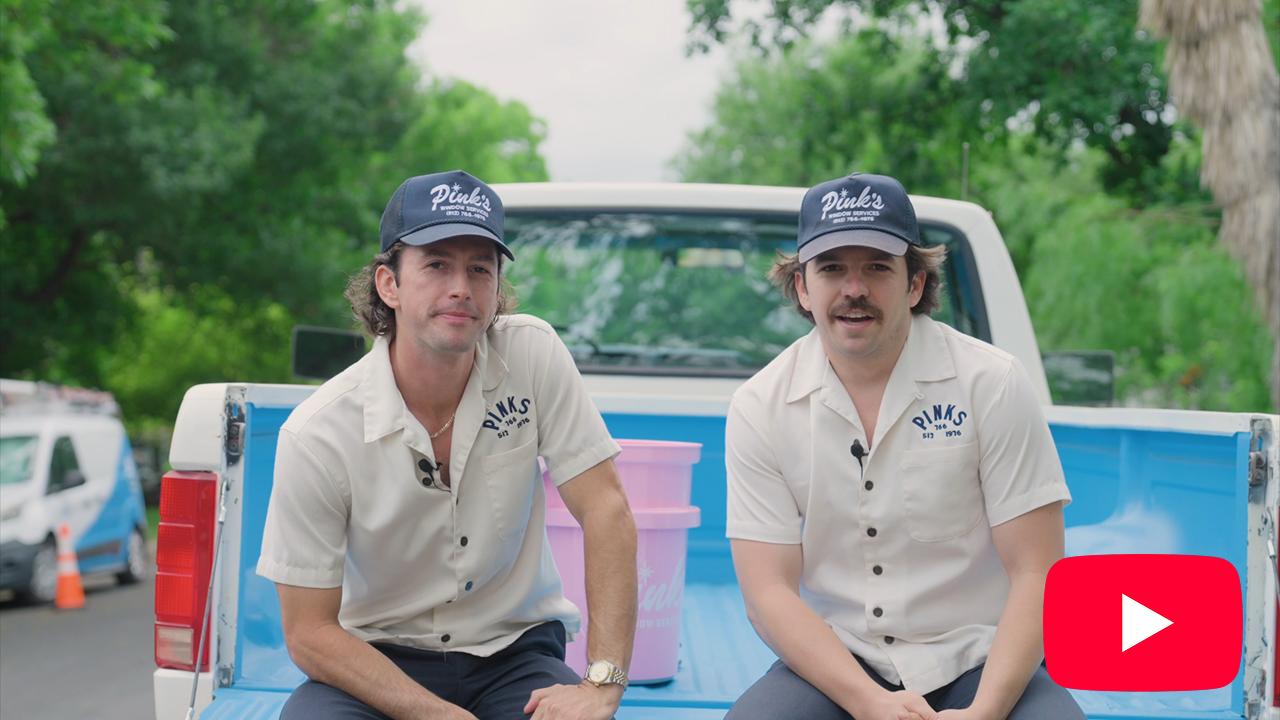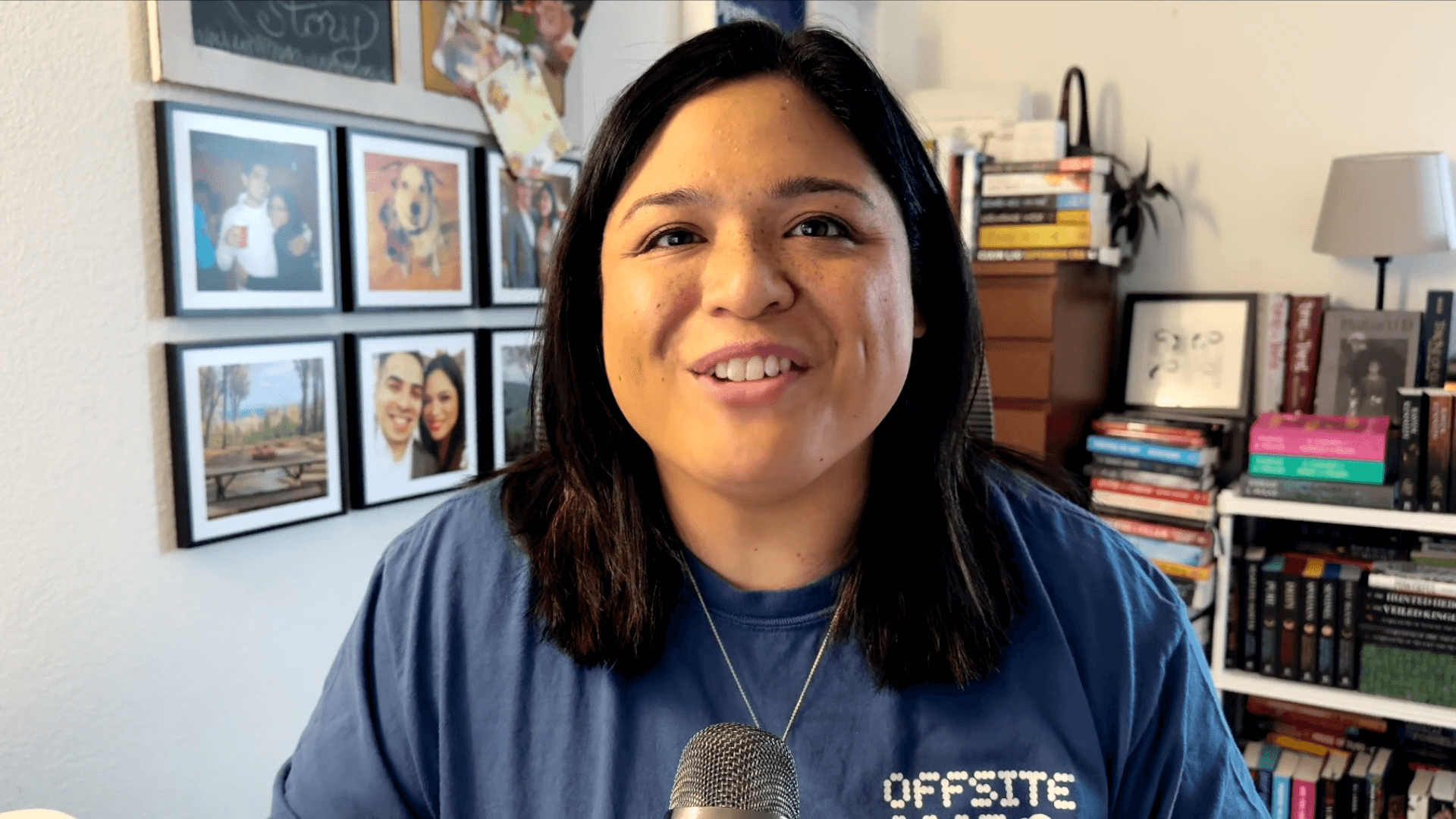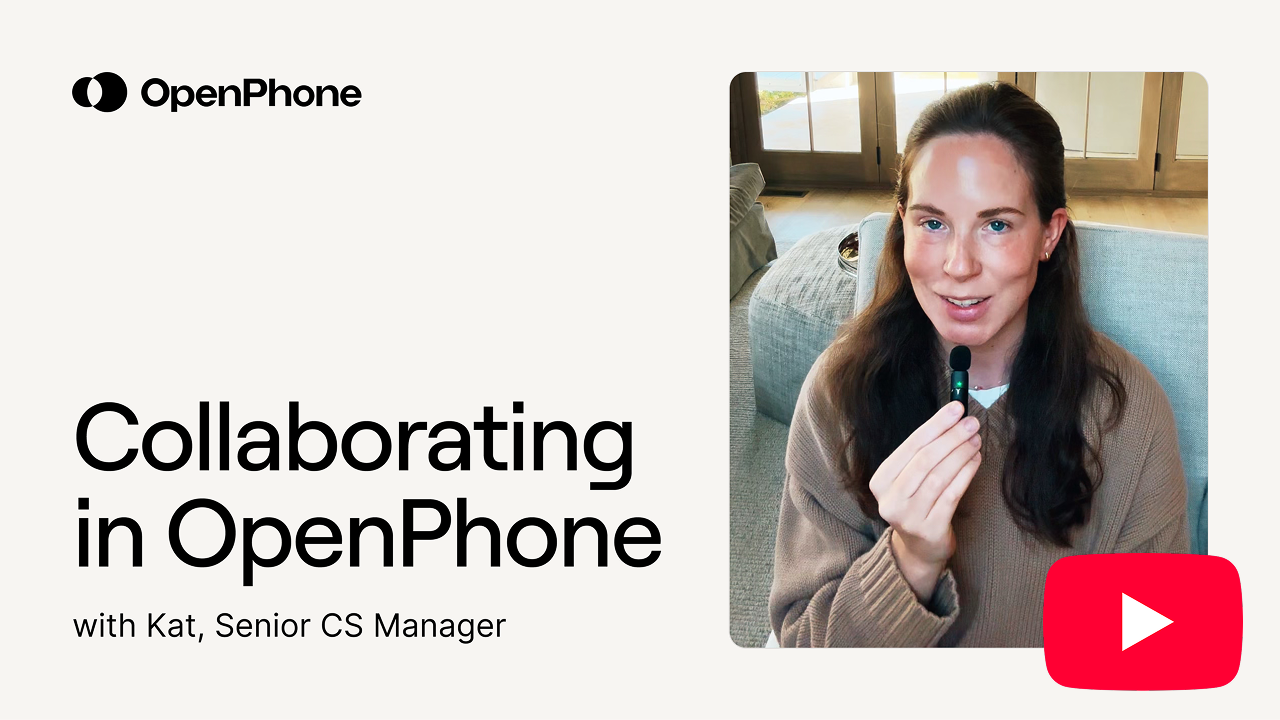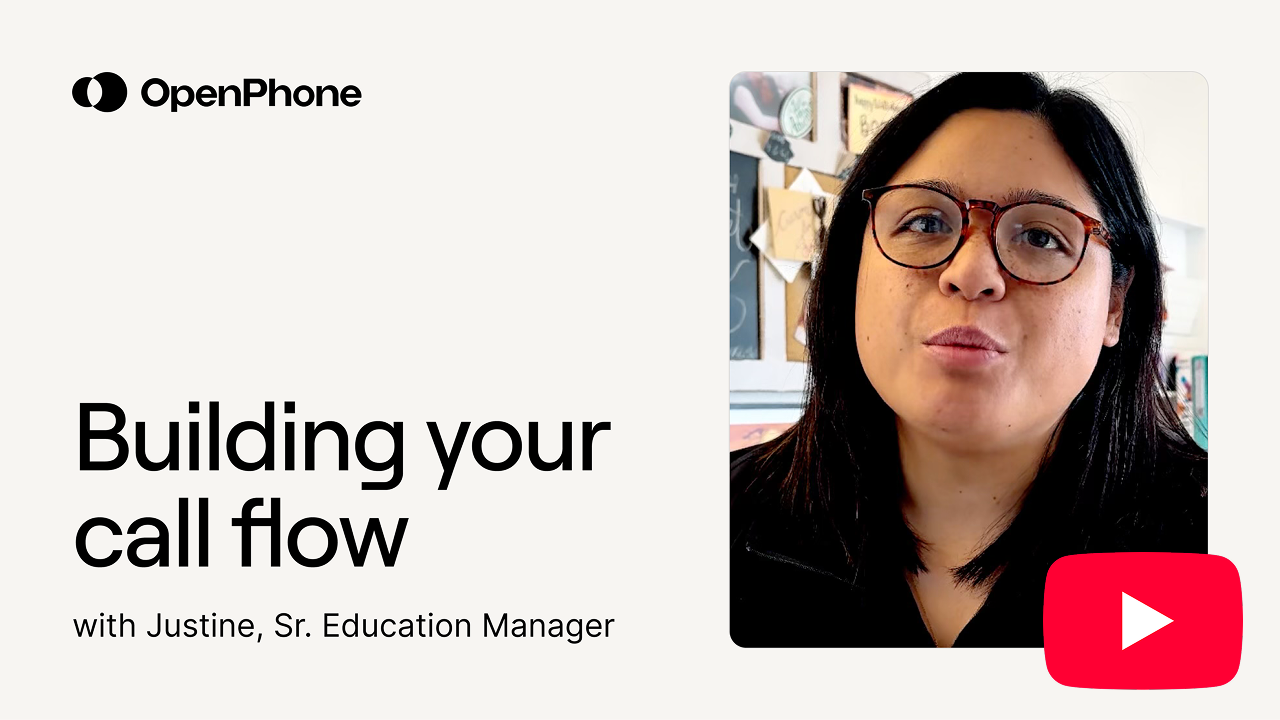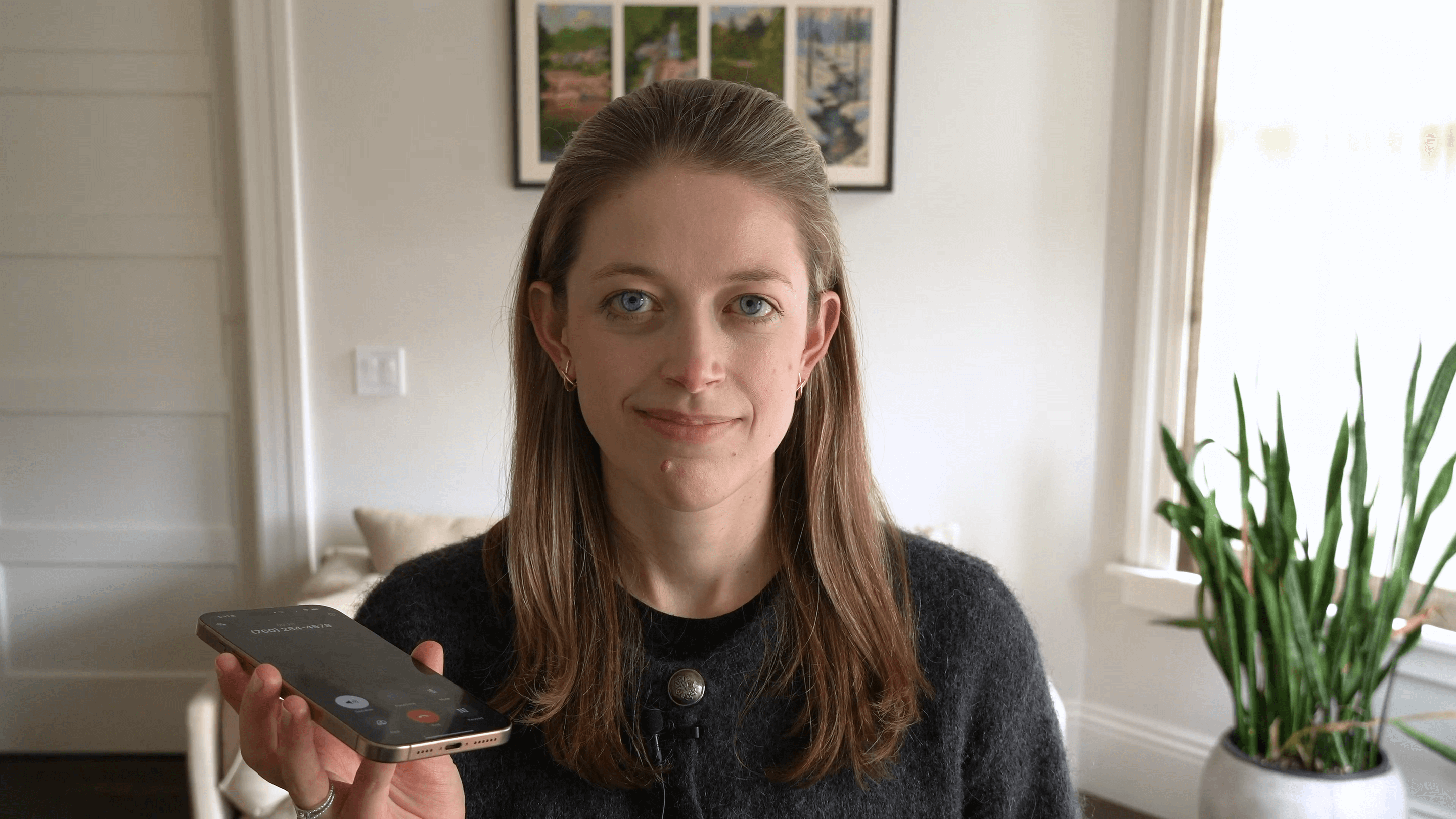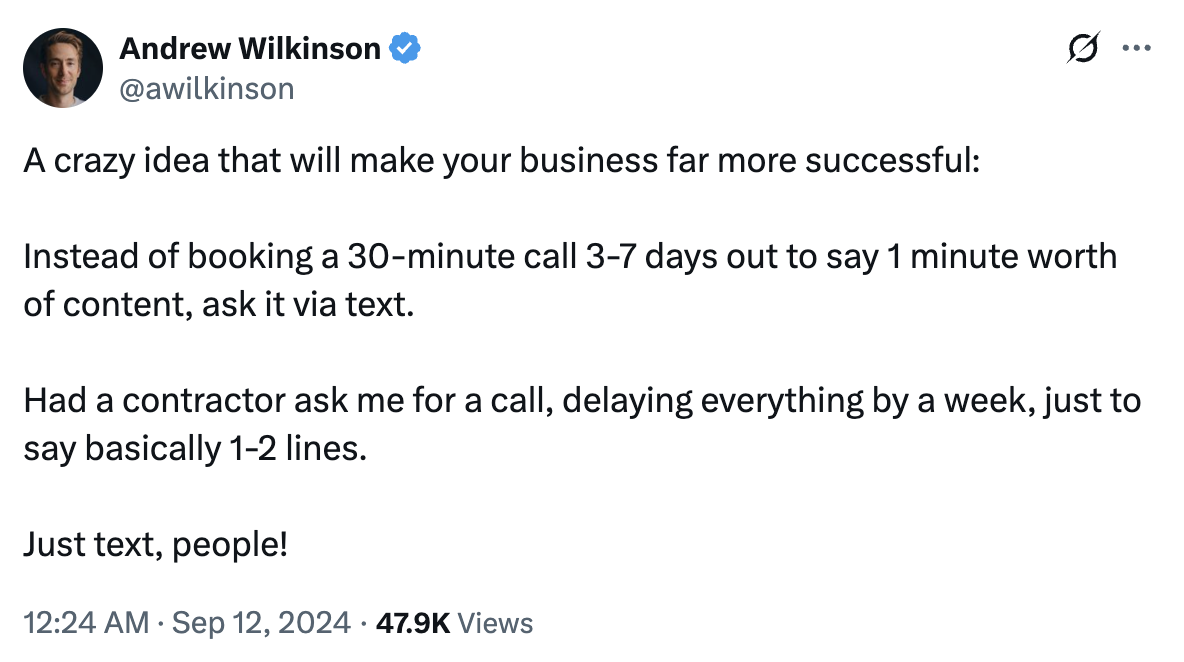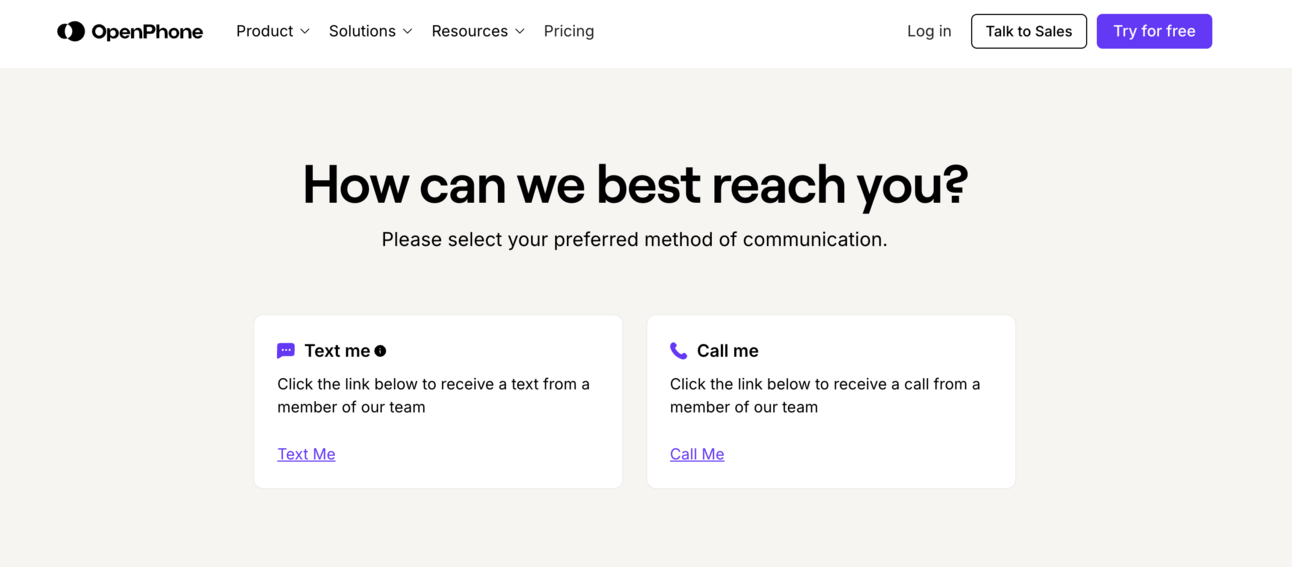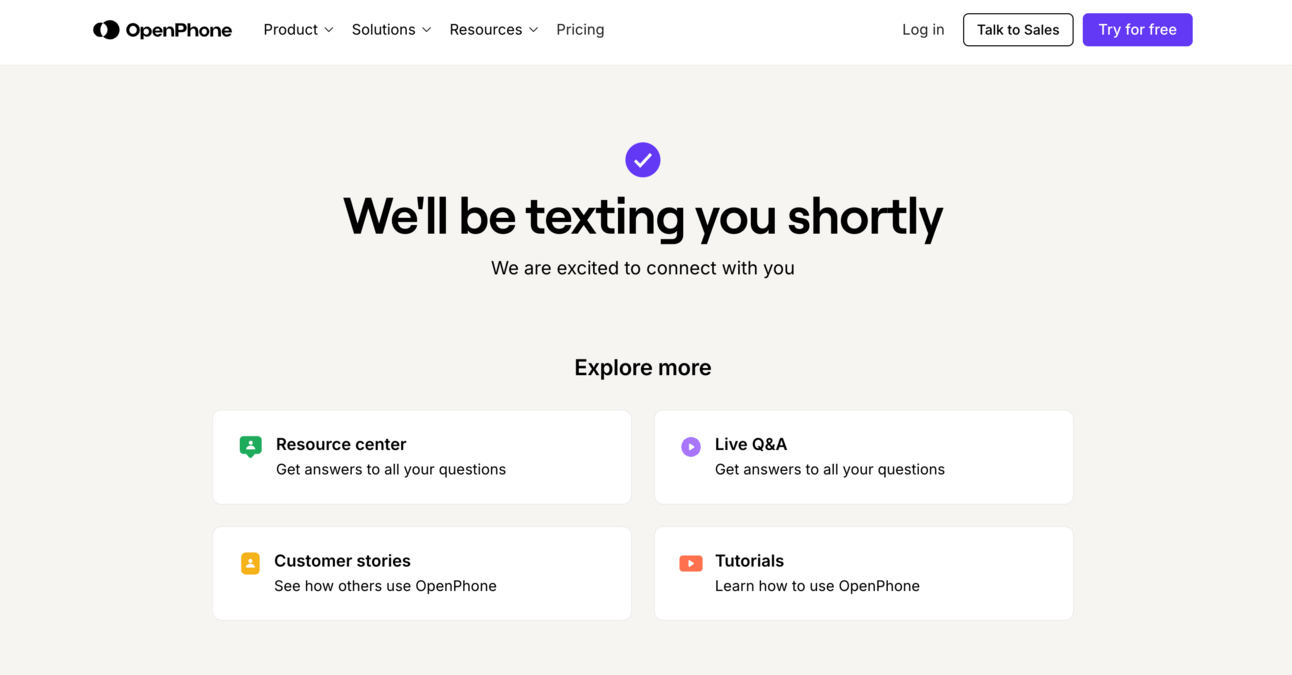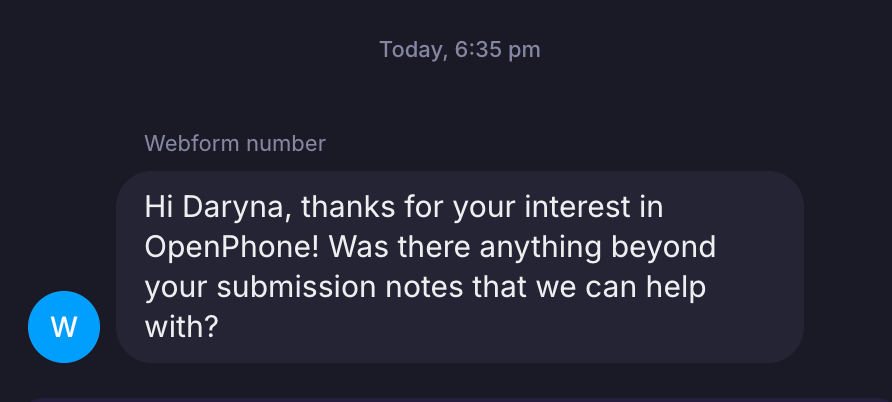After Hours: Can automation make your business feel more personal?
Issue No.4
Richard Huffaker
This GIF is from a recent drive I took across town. Notice anything weird about it?
That's right, I'm in a $150,000 Jaguar, which is crazy because I can't afford a Jaguar and neither can anyone else I know.
Oh, and also, there is no one in the driver's seat. I guess that might be even more notable than how fancy it is.
How is this happening?
I was in a Waymo on this drive (all their cars are Jaguars). I am often in Waymos lately, and so are lots of other people. As of a couple of months ago, they're doing 250,000 rides a week across San Francisco (where they've already become the second most popular ride sharing service after Uber), Los Angeles, Phoenix, and Austin. They'll soon be in Atlanta, NYC, Tokyo, and many other cities across the US and world.
I don't just ride in Waymos, I am a Waymo evangelist. I tell everyone I know to take them. My parents came to visit from Tennessee a few weeks back (I grew up in the same town as Dolly Parton) and when we were tired of walking around or riding in cable cars, I made them take Waymos with me. They were nervous at first, but quickly grew to enjoy riding in them almost as much as I do.
Why do I like these robot cars so much?
- They let me kick back not do any driving.
- Everyone in the car can hang out and talk. No one has to focus on the road or the stress of traffic.
- I can play my own music or podcasts in a rideshare without rudely asking an Uber driver if I can take over their radio.
- The ride is smoother than any other car I've been in, and is certainly a lot nicer than it has any right to be going through Los Angeles traffic and up narrow San Francisco streets filled with pedestrians.
- They've been shown in initial studies to be 80 to 90% safer than human drivers. Unlike us, they don't get tired or distracted by their phones. And they can see in the dark and around corners with 360 degree LiDAR sensors (something other cars that attempt to self drive lack).
What do the 350 words you've read so far have to do with OpenPhone and running a business, exactly? Well, at the end of the day, what I like so much about Waymo is the experience I get riding in it. That experience comes from the quality of the car, the comfort of the ride, and the options I have to customize what I hear and see. Everything is automated, but it feels much more personal than an Uber or a cab.
Even riding a round in a robot, automation doesn't have to feel robotic. Imagine how much less robotic it can feel when it's helping out a fully human run business.
Watch this video I made with the founders of Pink's Windows in Austin back in May.
They've grown their business from a single location in 2020 to 75 (and soon to be more) today. They've done this by crafting an experience that makes their window servicing business stand out from their competitors. And one part of that is how they use OpenPhone features across their locations to make it easier for their franchisees to make their own Pink's experience feel personal and local.
After you watch, read on so that Justine and Kat can tell you more about an OpenPhone feature that can help you give your own customers a better experience.
Collaborating with your team and building your call flows
Justine Delgadillo
Kat Buffington
In the May edition of After Hours we shared a couple of videos because, as we said at the time, we wanted to show instead of tell.
These videos (which were about Sona, our AI Agent) were popular and got a lot of clicks. Thanks to everyone who watched them!
Since they did so well, we're doing the same thing again with two videos we released in the past couple of weeks.
Kat made this video about Collaborating in OpenPhone, spending a few minutes showing off the features that enable you to:
- Discuss customer messages with teammates via internal threads, They let me kick back not do any driving.
- Make notes on your contacts for the whole company to reference in the future.
- And check when live team activity is taking place so you know if someone else is already taking action to reply to a call or message.
And Justine made this video about our call flow builder, walking through how you can set it up to:
- Automatically (remember Richard talking about different forms of automation up above) route callers differently based on your business hours.
- Set up a phone menu so callers can choose which person or department to speak with.
- Add different voicemail boxes.
- And even add Sona to pick up and answer questions from callers when your team is unable to do so.
How we use SMS in our sales process
Daryna Kulya
Most "Contact Sales" forms on the web look the same because everyone assumes that's how it should be done. But your business might need something different. I know ours did!
Here's why we redesigned our 'Talk to Sales' form to include an SMS option, and why you might consider doing the same. (Note that this is an abridged version of a longer article I wrote for my own Founder-to-Founder newsletter).
The problem with a "one-size-fits-all" approach
Even though OpenPhone is a PLG business, a good number of folks go through our sales process daily, and our webform or "Talk to Sales" form is their main entry point.
But as they enter this proverbial "entry door" it becomes clear their needs vary:
- Some have simple product questions and need answers right now
- Others want to do a deep evaluation and need to loop in colleagues
- Some are ready to buy and need a quick confirmation on something
Aside from using "Company size" as the indicator of the needs they might have, we were offering everyone the same thing: a 30-minute video call that they had to book in advance.
But as our Sales team got busier, this approach started breaking down. Some prospects needed more than 30 minutes, while others just needed a 5-minute conversation to get unblocked.
Defaulting to a 30-minute video call just didn't seem like the right path forward.
The light bulb moment
Our sales reps were already using OpenPhone organically to text prospects after initial contact, and they noticed something interesting: deals where texting was involved closed much faster.
Getting on a texting basis with prospects built a relationship that email or scheduled calls couldn't match.
Using texting in the sales process is not a new concept by any stretch but it's still amazing how few companies (and founders) do it.
Incorporating texting
Up until this point we made changes on the 'Talk to Sales' page to simplify it.
Now here's where the real fun began.
We worked closely with the team at Default to create the ideal inbound experience for us.
Based on information provided by the lead on the form, we route them through a decision tree in Default and present them with 3 different options:
- Text me (start an SMS conversation immediately)
- Call me (get a call from the next available rep)
- Schedule a demo (the traditional calendar booking)
~28% of people choose the texting option, which is higher than I anticipated, but also shows that calls (50%) aren't going away anytime soon. The key learning for me personally is the power of choice.
Once the prospect got to the confirmation screen, they received an automated text message (sent through OpenPhone API, of course) to the number they shared with us in the form.
And just like that, we're on a texting basis with a potential customer 😎
From here on, it's a text message conversation with the prospect.
The results
Because we asked folks how they wanted to be spoken with, we were able to speak to more of them and much faster. Folks who opted for SMS saved a lot of time and freed that up to those who needed a more comprehensive call or demo.
Since this update, our visitor to sales touchpoint grew 105% QoQ and we had an overall explosive quarter with 2x closed won opportunities.
As Mak, our Sr. RevOps Manager, put it eloquently, "When you get back to leads faster, you create more opportunities." And that's very much the case here. Read my entire post about this to learn even more.
This email was sent to trongrau1368.taphone@blogger.com. Update your email preferences
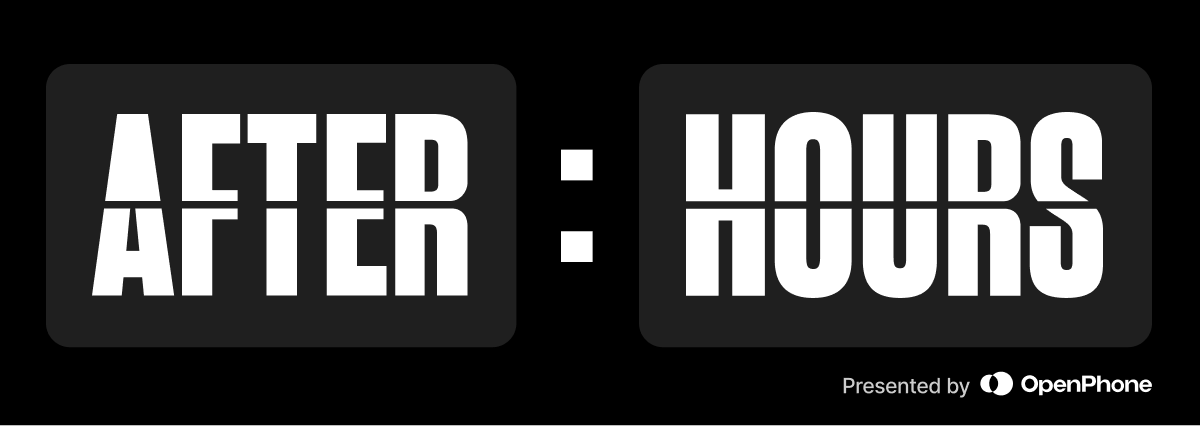
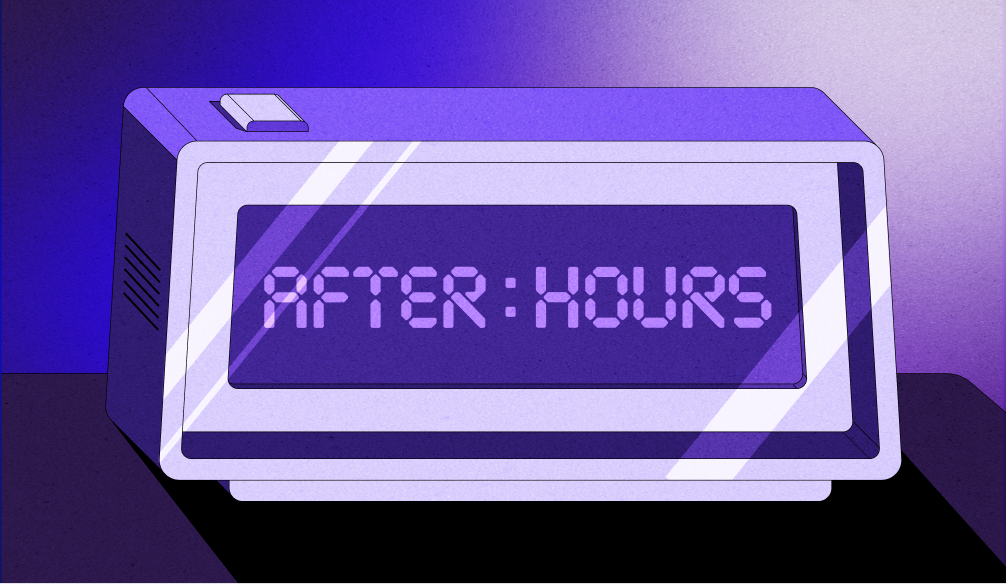
_01JZ0F9Z45VY5WHM2HD0ZZ4F6Q.gif)
